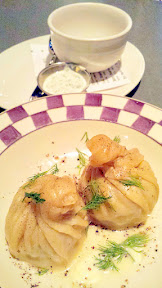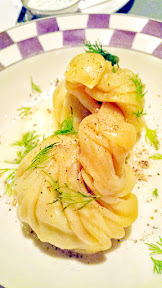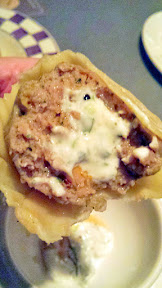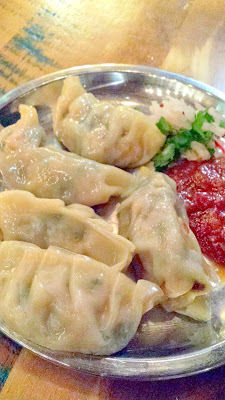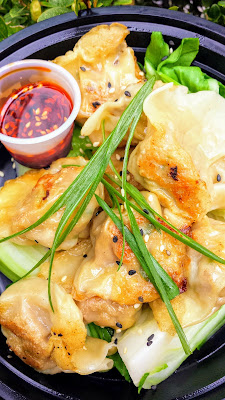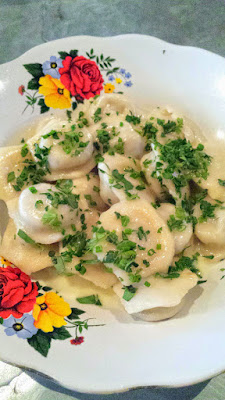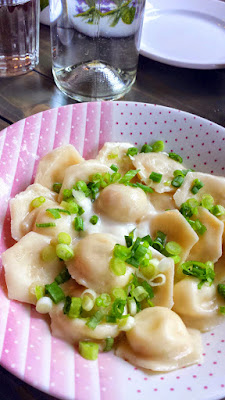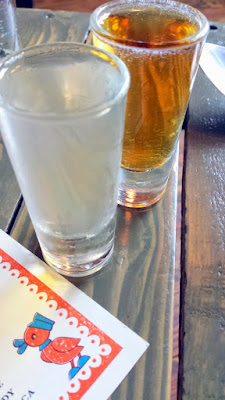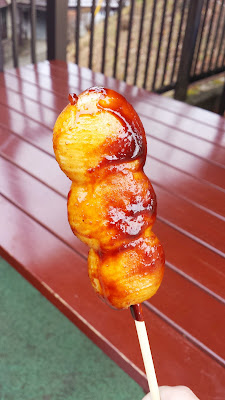A photo recap of my first Nodoguro dinner for 2016 – they popped up in the back room of Renata on January 31 as they are transitioning into their space from where they were last year by Pastaworks to now sharing a space with Peter Cho as reported in Eater until they find a new home.
This night was Nodoguro Hardcore Sushi Omakase where from 7 to 10ish I enjoyed a menu that included special orders from Tsukiji and Fukuoka Municipal, California Abalone, wild aji from Nagasaki, Kohada from Kumamoto, Baby white shrimp, Wild Scallop from Miyagi, and Masaba from Toyama.
Here’s a look at what could appear before you at one of these amazing dinners – pay attention to when they list as they sell out quickly from the Nodoguro website as soon as tickets go on sale. This is the best sushi and sashimi experience in Portland.
- Starter of oysters
- Scallop Somen with quail egg and Ikura (salmon eggs). Somen is noodles so in this case he sliced the Scallop into Noodle like pieces. I’m not afraid to admit I slurped every last drop from the dish.
- New Zealand Sea Bream: one thing I love about sashimi are noticing these little details about the beauty of the fish
- Aji, a Japanese Horse Mackerel with Sesame, Persimmons and Buckwheat
- Sake steamed abalone with sea urchin (uni)
- Fresh snow crab with rice, uni and mayo. I always love presentations in the shell
- Tai with yuzu and thyme
- Aji
- There was a Wild Scallop here that I forgot to photograph I think, but I wrote the note “Hokkaido Scallop w aged soy and yuzu juice”
- Baby White Shrimp
- Geoduck giant clam from Washington, with a touch of yuzu and Jacobsen Sea Salt
- Octopus
- Uni and Crab
- Ikura on rice
- Shimmery Kohada
- Handroll
- Masaba. Can you tell I thought this was beautiful?
- Unagi
- The last course is by your request – some went for Oysters, I prefer ending with sashimi and Ryan created this lovely medley
It might be a little time before my next Nodoguro theme dinner (you can see other Nodoguro themed dinner recaps here) since my next big dinners are the Chef’s Week PDX big 30 course West Coast 2016 dinner at Departure, of which Ryan Roadhouse is one of the 30 chefs each contributing a course to a marathon dinner.
Next week is also Dumpling Week 2016, and I am going to my first Meadowlark supper club dinner. Then it might be time for a little healthy eating to clean my system out before Portland Dining Month in March.
What are you looking forward to eating in February? Do you eat sushi/sashimi, and have a favorite sushi or sashimi?






